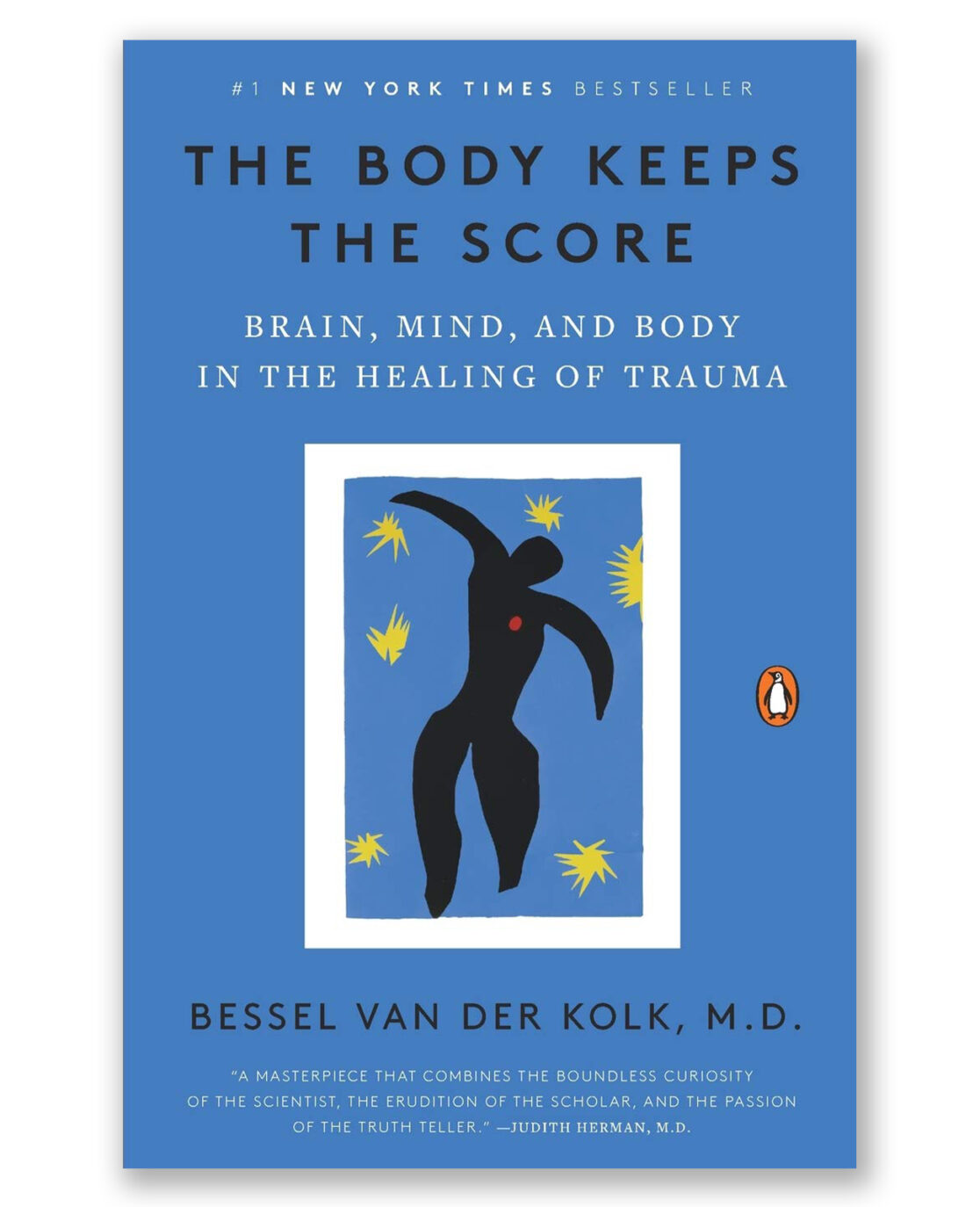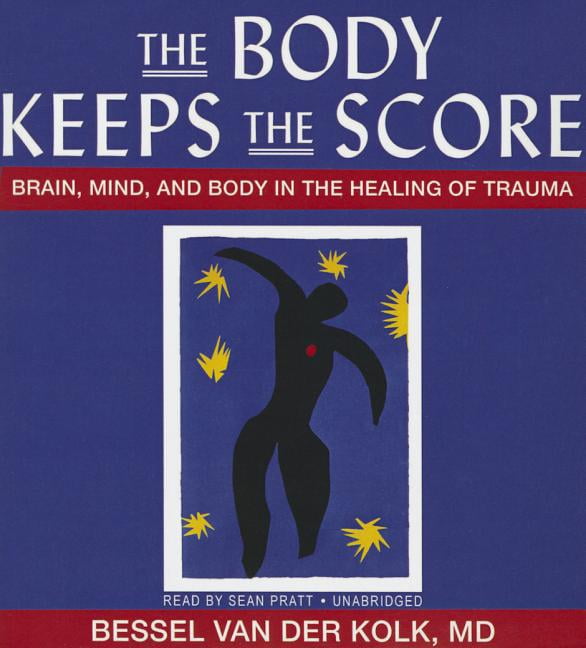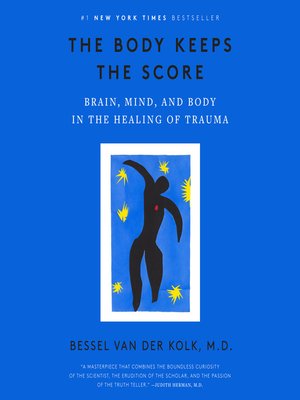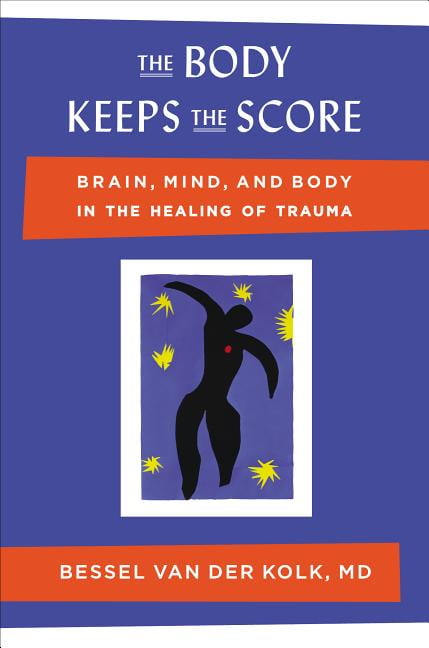

Most importantly, the reconnection of attachment bonding with family and friends can help individuals feel secure in fighting against the threat (Chan et al., 2021a, b). Expressive therapies, through language, art, music, and dance, can motivate people orientate themselves and find their own identity and a meaningful purpose in life (Baker et al., 2018). He emphasized on the human body as the means of communicating with oneself and others. To restore the emotional part of the brain and repair the limbic system, Bessel explains various psychotherapies related to the brain, mind, and body of PTSD patients.

Hence, individuals can have a reasonable degree of control over themselves, both physically and psychologically (Streeter et al., 2012). With the aid of the mindfulness approach, we can raise awareness of bodily sensations, which can improve control over the flow of emotions by decreasing activity over the amygdala. A subsequent experimental study showed that mindfulness yoga significantly reduced PTSD symptomatology and restore the homeostasis of the autonomic nervous system. Bessel continued working with this patient and explored that yoga can help him regain his sense of control and bodily pleasure. This memory was subconsciously imprinted in his life. This revolutionary treatment was enlightened by one of Bessel's patients, who could not get rid of his traumatic memory as a minister for many years after returning home from Vietnam. Bessel further suggests that medication cannot 'cure' trauma it can only mediate the disruptive behavior of the sufferers. As some patients developed morbid obesity and diabetes from the medication as well as experienced drug overdoses, it alarmed the book author and pushed him to consider a much safer and natural approach to assist PTSD patients in dealing with their symptoms and responses using a self-regulation strategy. Antipsychotics, anticonvulsants, and tranquilizers have been widely used to improve the QoL of PTSD patients over the past few decades. Pharmacotherapy is the first-line of treatment for PTSD. This hyperactive aroused emotional status can be evidenced by hyperactive brain waves over the fear center of the right temporal lobe of the brain, with suppression of electric activity over the frontal area. In addition, the deactivation of the prefrontal cortex function and the failure to maintain a balanced stress hormone system, causes panic, agitation, and hypervigilance responses in PTSD patients (Koenigs and Grafman, 2009). The hyperactive status of the amygdala triggers the release of stress hormones (Badura-Brack et al., 2018) and impairs the functioning of the hippocampus, causing traumatic memories to remain vivid.

Knowing the functions of the amygdala, hippocampus, and prefrontal cortex, as the primary stress responders in the brain, can provide a new therapeutic direction for PTSD management. Traumatic stress is associated with functional and chemical changes in the emotional part of the brain-the limbic area and brain stem.

In his work “The body keeps the score,” Bessel highlights that traumatic stress is at the root of neuroscience. PTSD has many negative impacts on patients' quality of life (QoL), and poses a potential health burden to society if no prompt assessment and support is guaranteed (Lewis et al., 2019). Facing recurrent episodes of disturbing symptoms, PTSD patients are prone to develop risky behaviors, including alcoholism, substance abuse, or self-injury. People with PTSD experience various symptoms, including personality changes, depression, social disconnection, poor sleep hygiene, flashbacks, and nightmares. It has been well-recognized that PTSD significantly impacts social functioning, physical well-being, and occupational ability (Watkins et al., 2018).īessel revisits his clinical experience and reconfirms the impact of PTSD on his patients. This biochemical reaction is termed as the “fight-or-flight” mechanism, which temporarily protects people against danger (Kozlowska et al., 2015).
#The body keeps the score series
Fear and stress are triggered predominantly in response to a dangerous event followed by a series of bodily changes, including increased blood pressure, heart rate, and breathing due to the release of adrenaline. These patients persistently experience overwhelming stress responses beyond the traumatic period. Posttraumatic stress disorder (PTSD) is defined as a psychiatric disorder in an individual who has experienced or witnessed a devastatingly traumatic event (Bufka et al., 2020).


 0 kommentar(er)
0 kommentar(er)
